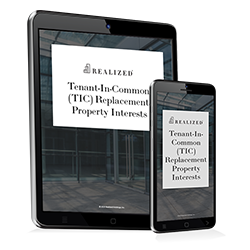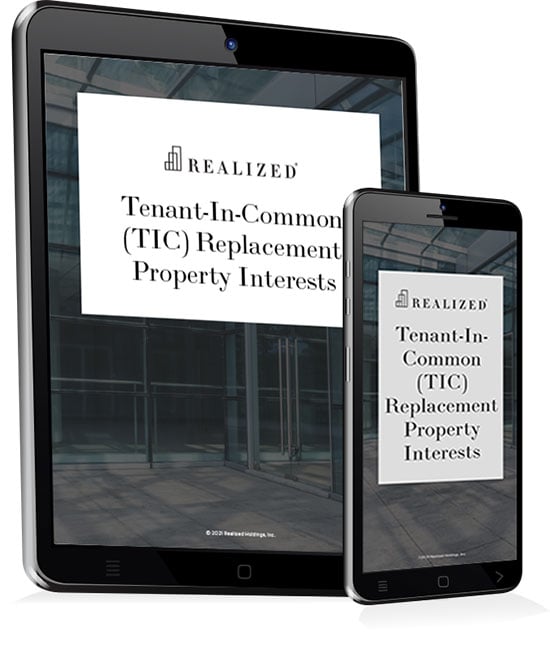 If you are looking to buy real estate and are currently researching the various ownership options available to you, one type of ownership structure that's oftentimes overlooked involves "tenancy in common," which is a standard legal arrangement for ownership that several investors can enter into. In this article, you'll learn more about tenant-in-common (TIC) properties and how this ownership structure works.
If you are looking to buy real estate and are currently researching the various ownership options available to you, one type of ownership structure that's oftentimes overlooked involves "tenancy in common," which is a standard legal arrangement for ownership that several investors can enter into. In this article, you'll learn more about tenant-in-common (TIC) properties and how this ownership structure works.
What Does Tenancy in Common Involve?
Tenancy in common is a type of legal arrangement that involves at least two parties sharing ownership rights for a piece of real estate or parcel of land. The owners can have an equal percentage in the property or a proportional percentage. For instance, if the property is owned by two people, it could have a proportional ownership structure of 60/40. This type of ownership structure can be used with residential and commercial properties alike.
There are three forms of shared ownership, which include tenancy in common, tenancy by entirety, and joint tenancy. A tenancy in common structure doesn't have the right to survivorship in the event that one of the tenants-in-common dies. In this situation, the decedent's share in the property will be passed over to their estate, which is when a beneficiary for the share can be named.
Different Methods for Owning Property
If you own property, there are several ways to define this property, the primary of which include:
- Tenancy in common - This is an equal or proportional ownership between at least two people. A primary aspect of this ownership structure is that the share of an owner who dies remains with their estate until it can be distributed to a beneficiary.
- Joint tenancy - This type of ownership involves four key factors, which include time, title, interest, and possession. Every owner must have the same exact interest in the property. The interest must be undivided as well. Every owner needs to obtain their interest from the same deed. It's also essential that each owner obtains their interest at the exact same time.
- Tenancy in severalty - This ownership structure involves a corporation or single person owning the property. It's more commonly referred to as sole ownership.
- Tenancy by entirety - This type of ownership occurs when married couples obtain a property, which means that the property can't be sold without having agreements from both of these people. When one owner dies, their interest in the property is given to their spouse.
How Does Ownership Work for a Tenant-in-Common Property?
As mentioned previously, tenancy in common occurs when at least two people share ownership rights to the property. In the event that one of the owners dies, their property will pass to their heirs. Keep in mind that having a different share of ownership doesn't equate to having a different share of the actual property. Every area within the property is owned equally by the various owners.
Let's say that you and your spouse each have a 25% ownership in the property. If a roommate of yours owns the other 50%, they will technically have a higher ownership share but can't claim ownership over a specific aspect of the property.
Although not as common as sole ownership and tenancy by entirety structures, the tenancy in common ownership structure gives you the opportunity to purchase property alongside one or more individuals, which can substantially reduce your upfront costs. Since there are different ownership structures that can be made when buying real estate, it's essential that you understand how each of these structures work.
This material is for general information and educational purposes only. Information is based on data gathered from what we believe are reliable sources. It is not guaranteed as to accuracy, does not purport to be complete and is not intended to be used as a primary basis for investment decisions. It should also not be construed as advice meeting the particular investment needs of any investor.
Realized does not provide tax or legal advice. This material is not a substitute for seeking the advice of a qualified professional for your individual situation.



